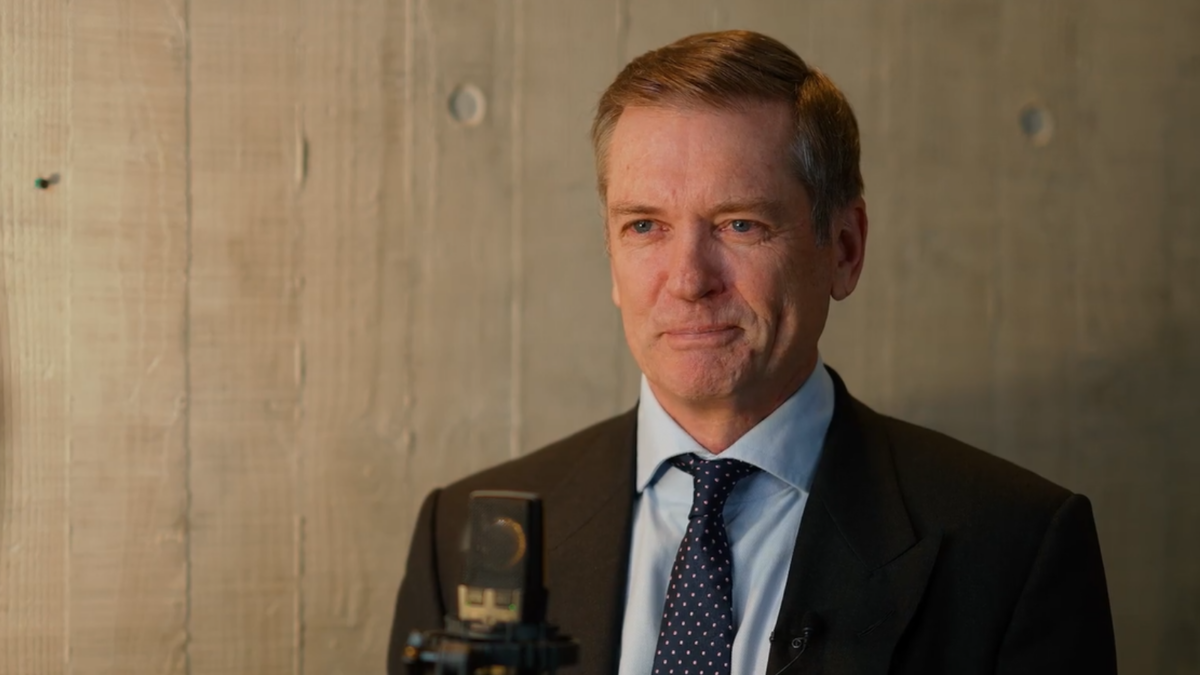‘One size does not fit all’ in trend following
Managed futures and trend following strategies became highly popular following the Global Financial Crisis, with skilled manager able to harness the extreme levels of volatility to deliver strong returns. The idea is simple, buy assets that are going up, short assets that are going down.
But the decade since has been an incredibly difficult period for the sector, with a key reason behind this trend the ‘co-ordinated volatility suppression’ pursued by central banks and governments around the world. That is the view of Chris Santore, Executive Vice President of PIMCO’s Quantitative strategies business.
Speaking to an audience of leading advisers and asset consultants, Santore was quick to highlight the significant variation in both the types of trend following strategies on offer, but also the returns achieved over the last 20 years. Santore said ‘it isnt one size fits all’ in fact it none really fit in the same ‘box’ given how differently they are.
According to data compiled by Morningstar on the US Managed Future strategies, the sector has on average delivered a 7.7 per cent return over the last 12 months, but the strategies contributing to this have delivered vastly different results, with the worst at negative four per cent and the best, a positive return of 16 per cent. Quite large dispersion given the short period of time.
Santore admits he has become used to the regular questioning of this type of strategy, with the most common queries being ‘why have returns been so meagre?’ But the answer is simple: the best conditions for trend following strategies are more volatile markets when directions are regularly changing. In fact, that tend to perform best during and after major market crises.
In the case of the last few years, volatility has been so long and the direction of markets so consistent, bond yields down equity markets up, that it was difficult to outperform. Yet the conditions are clearly beginning to change, driven by the ‘withdrawal of supportive policy accommodation’.
PIMCO expects this to result in a ‘shift to a higher volatility regime’ that will benefit trend following, something already proven by the results over the last 12 months. The PIMCO strategy is unique in its focus on shorter term trends and signals and ability to span every major asset class, whilst managing derivative exposures in house.
Commenting on the role of these strategies within portfolios, they have predominantly been used as an equity alternative, but advisers should consider an allocation ‘if you think you need more protection from volatility’ particularly within heavily beta driven portfolios. ‘Crisis alpha’ could be a real differentiating factor and powerful hedge should conditions continue to worsen.
The growing dispersion of results across and within sectors spanning currency, equities and commodities has been central to recent strong performances, with the strategy benefiting from rising energy prices and interest rates and more volatility currency markets in 2021.










